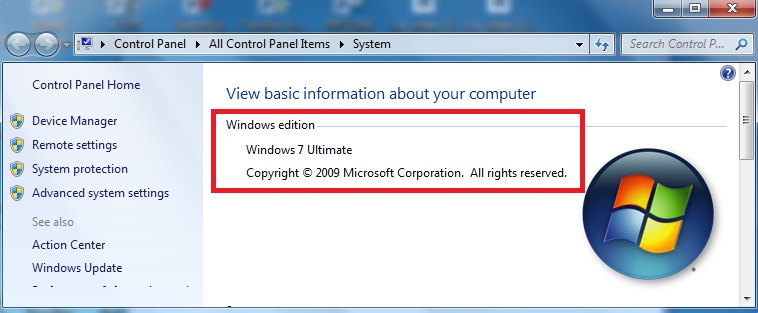
A paid support program was available for enterprises, providing security updates for Windows 7 for up to three years since the official end of life. Extended support ended on January 14, 2020, over ten years after the release of Windows 7, after which the operating system ceased receiving further updates. Windows 7's server counterpart, Windows Server 2008 R2, was released at the same time. Until April 9, 2013, Windows 7 original release included updates and technical support, after which installation of Service Pack 1 was required for users to receive support and updates. It remained an operating system for use on personal computers, including home and business desktops, laptops, tablet PCs and media center PCs, and itself was replaced in November 2012 by Windows 8, the name spanning more than three years of the product. It is the successor to Windows Vista, released nearly three years earlier. It was released to manufacturing on July 22, 2009, and became generally available on October 22, 2009. Windows 7 is a major release of the Windows NT operating system developed by Microsoft. Installing Service Pack 1 is required for users to receive updates and support after April 9, 2013. Įxceptions exist, see § Support lifecycle for details. Security updates were available for the operating system until January 10, 2023, excluding some embedded editions. This service was available via specific volume licensing programs for Professional & Enterprise editions, and via OEMs for some embedded editions, in yearly installments.


Windows 7 was eligible for the Extended Security Updates (ESU) service. Įxtended support ended on January 14, 2020 ( ). Mainstream support ended on January 13, 2015 ( ). Source-available (through Shared Source Initiative).


 0 kommentar(er)
0 kommentar(er)
